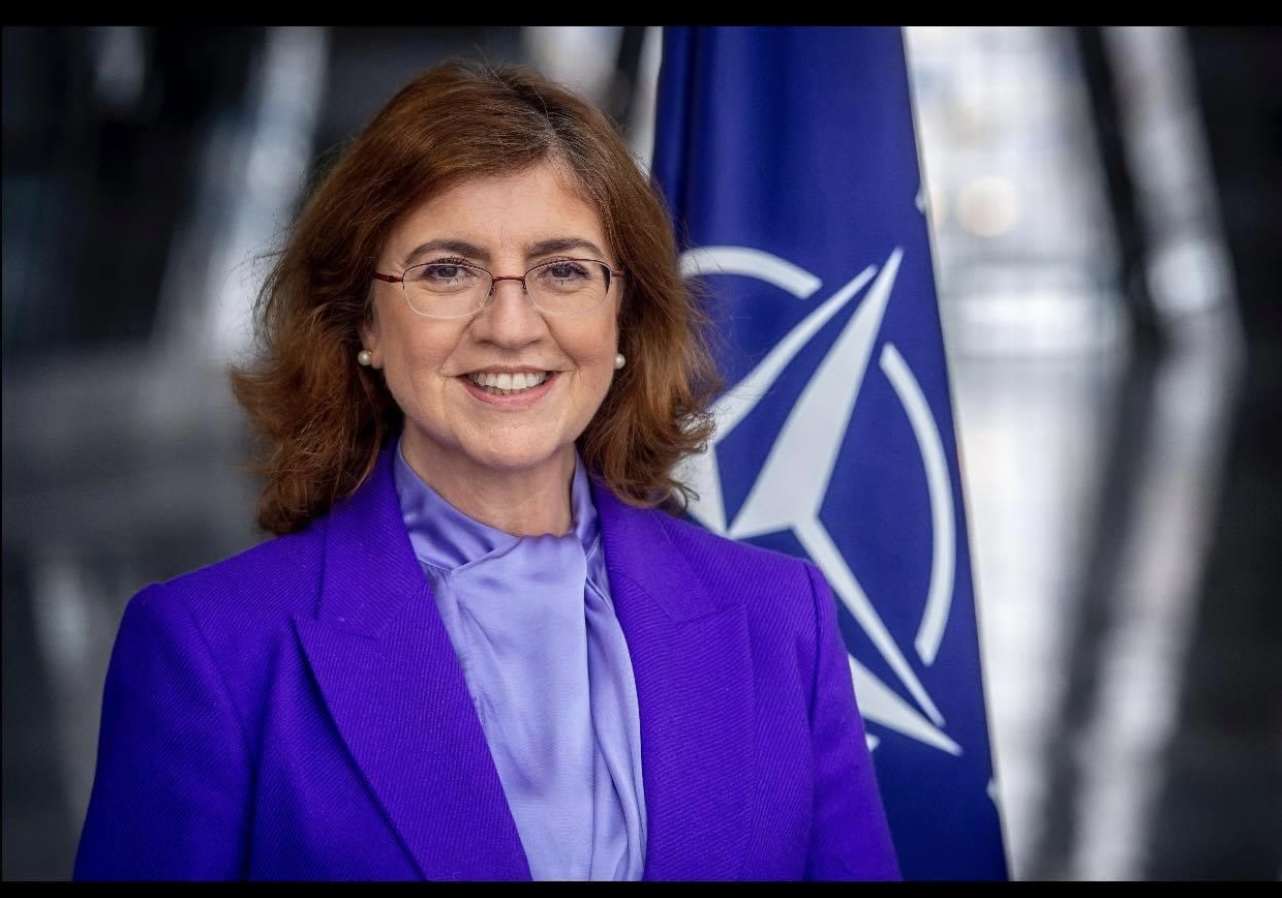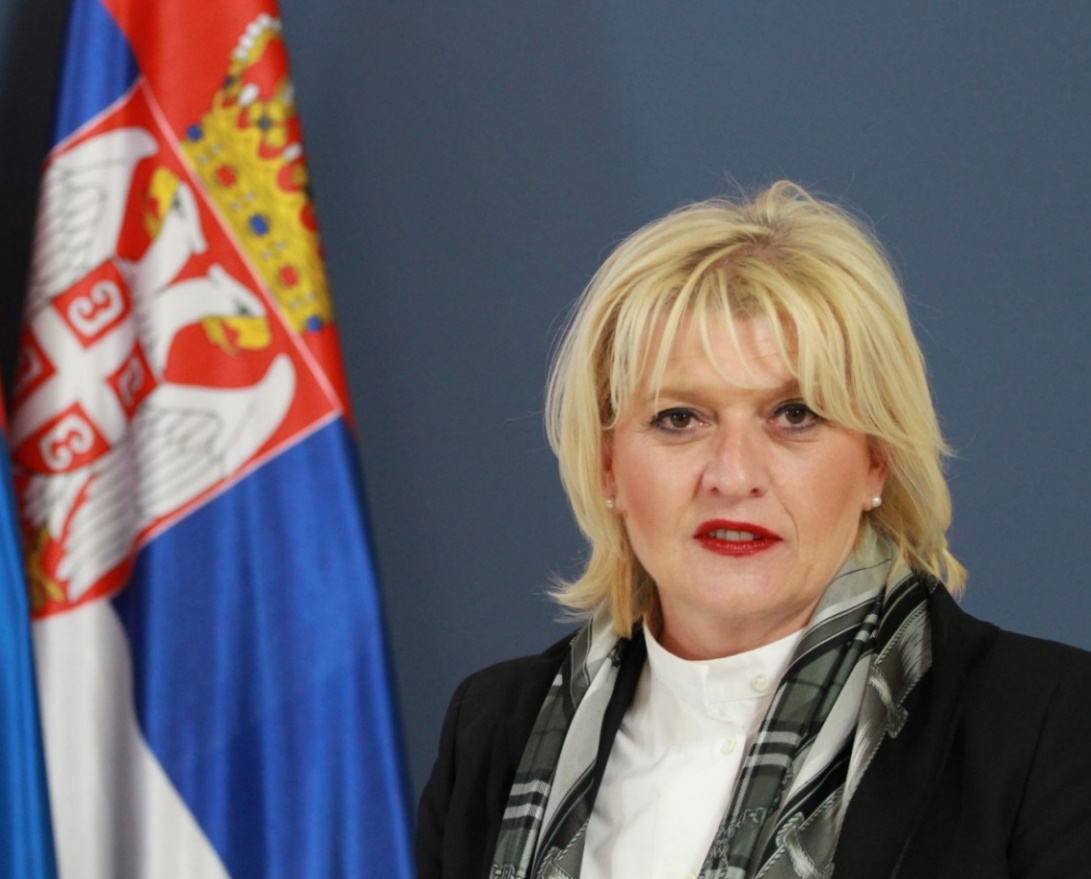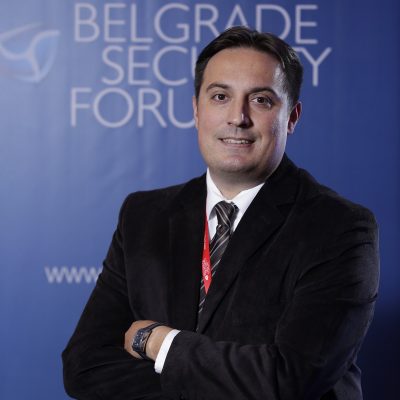BSF PANEL 3: 15 YEARS OF SERBIA’S PARTICIPATION IN PARTNERSHIP FOR PEACE (BFPE in partnership with NATO PDD)
Discussion points:
- During your mandate, what was the biggest benefit of participating in the Partnership for Peace program?
- NATO’s image in Serbia. How to improve it? Can it be improved?
- When you think about the “stability of the region”, what is and what will be NATO’s role?
- Which areas of cooperation with NATO are a priority at this moment?
- How do you see the prospects for further cooperation? Who sets expectations, needs? “Our” side, or Brussels?
- Can you foresee entire region moving towards membership anytime soon? If not, what is the appropriate level of relations?
In these trying times, NATO stood fast. Its appeal in the region was not diminished by the pandemic and its aftermath. The new government in Montenegro never seriously questioned country’s membership in the Alliance (despite repeated calls by members of the ruling coalition to do so). KFOR continued performing its mandate – against a backdrop of becoming what, following the end of the mission in Afghanistan (expected in Fall 2021), will be NATO’s longest-running operation. Members cooperate, share experiences, plan for defense, and contribute to their own and security of others. NATO remained a leading knowledge broker in the field of defense reform; and is now slowly adapting to address new challenges, including how to respond to COVID-19 pandemic.
In 2021 three important milestones converge: expected launch of NATO’s new Strategic Concept; the withdrawal of the Alliance from Afghanistan after 20 years of presence and15 years of Serbia’s participation in the “Partnership for Peace” program. This year, with this panel discussion, BSF will focus on the latter, hoping to outline Belgrade’s expectations for years to come.




